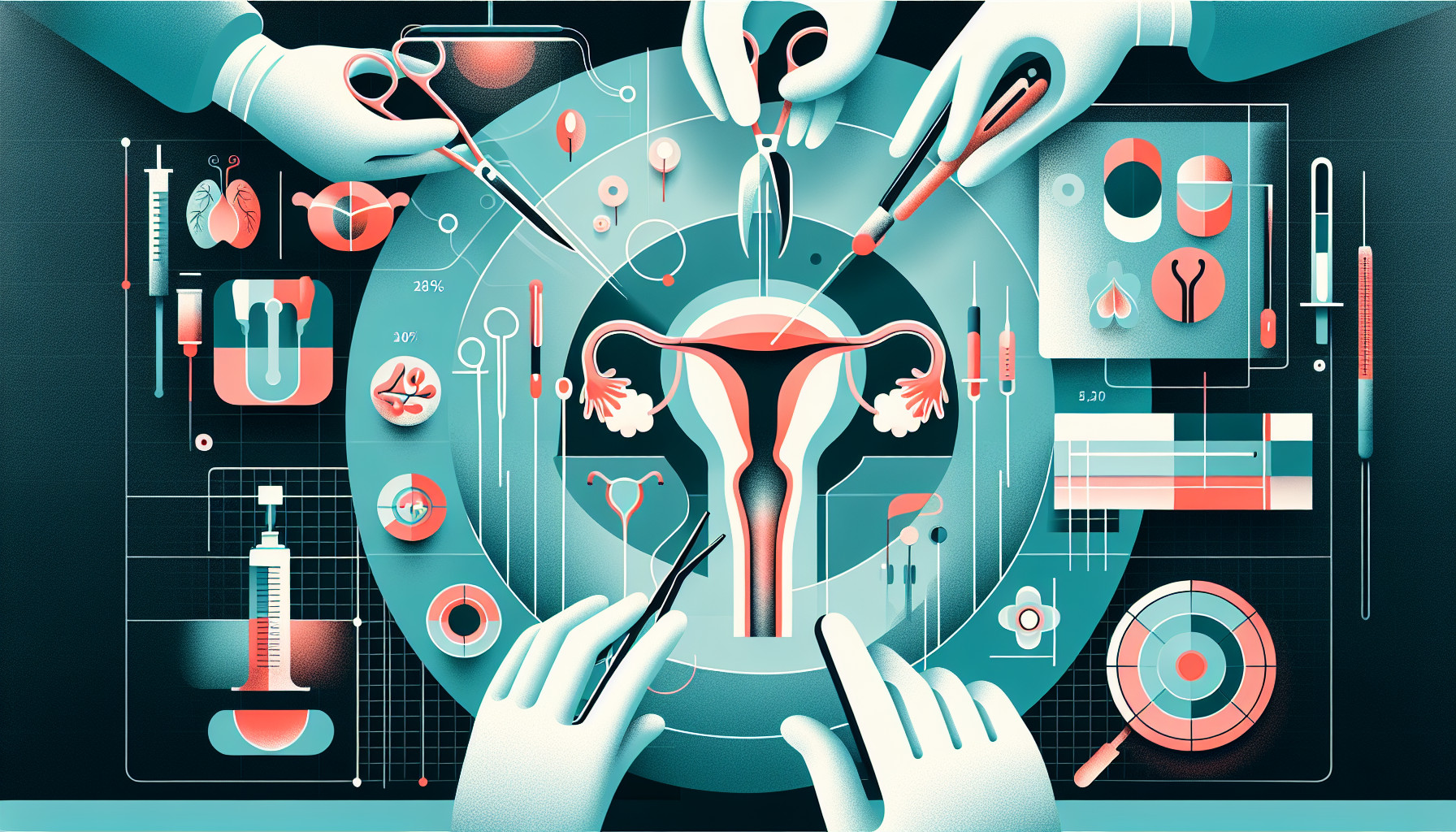Our Summary
This research paper focuses on a common medical condition called bulbar urethral stricture, which is a narrowing of the tube that carries urine from the bladder. The standard treatment for this issue has traditionally been a surgical procedure called urethroplasty.
However, with recent decrease in trauma-related causes in developed countries and concerns about sexual dysfunction due to the surgery, there’s been a renewed emphasis on using non-cutting urethroplasty techniques.
In this paper, the authors present their surgical plan, which prefers non-cutting techniques. They also review current literature comparing the cutting and non-cutting approaches to guide doctors in selecting the best treatment option, informing their patients, and executing the procedure.
FAQs
- What is the most common site of stricture disease requiring urethroplasty?
- What are the concerns related to sexual dysfunction in relation to urethroplasty?
- What is the difference between transecting and non-transecting urethroplasty techniques?
Doctor’s Tip
One helpful tip a doctor might tell a patient about urethroplasty is to carefully follow post-operative care instructions to ensure proper healing and prevent complications. This may include avoiding strenuous activities, keeping the surgical area clean and dry, taking prescribed medications as directed, and attending follow-up appointments with the surgeon. It is also important to communicate any concerns or changes in symptoms to the doctor promptly.
Suitable For
Patients with bulbar urethral strictures are typically recommended for urethroplasty. This includes patients who have experienced trauma or other causes of urethral stricture disease. Additionally, patients who are concerned about sexual dysfunction related to transection of the corpus spongiosum may be good candidates for non-transecting urethroplasty techniques. Practitioners should carefully consider patient selection, counseling, and technique when recommending urethroplasty for their patients.
Timeline
- Patient presents with symptoms of urethral stricture such as difficulty urinating, weak urine stream, frequent urinary tract infections, or urinary retention.
- Patient undergoes diagnostic tests such as urethral imaging, uroflowmetry, or cystoscopy to confirm the presence and location of the stricture.
- Patient is counseled on their treatment options, including urethroplasty as the standard surgical treatment for urethral strictures.
- Patient undergoes pre-operative evaluation to assess overall health and suitability for surgery.
- Urethroplasty surgery is performed, either using a transecting or non-transecting technique, depending on the location and severity of the stricture.
- Post-operatively, patient may experience temporary discomfort, urinary catheterization, and restrictions on physical activity.
- Patient undergoes follow-up appointments to monitor healing and assess for any complications.
- Patient gradually resumes normal activities and experiences improvement in urinary symptoms over time.
- Long-term follow-up is conducted to monitor for recurrence of stricture and assess for any long-term complications, such as sexual dysfunction.
What to Ask Your Doctor
- What are the potential risks and benefits of undergoing a urethroplasty procedure for my bulbar urethral stricture?
- Can you explain the specific non-transecting urethroplasty techniques that you plan to use for my surgery?
- How successful are non-transecting urethroplasty techniques compared to traditional transecting approaches in treating bulbar urethral strictures?
- What is the expected recovery time and post-operative care plan for a non-transecting urethroplasty procedure?
- Are there any potential long-term effects or complications associated with non-transecting urethroplasty that I should be aware of?
- How will this surgery impact my sexual function and are there any strategies or treatments available to address potential sexual dysfunction post-operatively?
- Are there any alternative treatment options to consider for my bulbar urethral stricture, and how do they compare to non-transecting urethroplasty in terms of success rates and risks?
Reference
Authors: Coddington N, Higgins M, Mian A, Flynn B. Journal: J Clin Med. 2022 Nov 28;11(23):7033. doi: 10.3390/jcm11237033. PMID: 36498607
